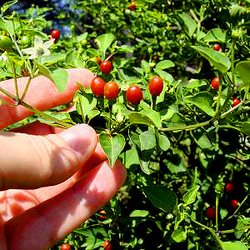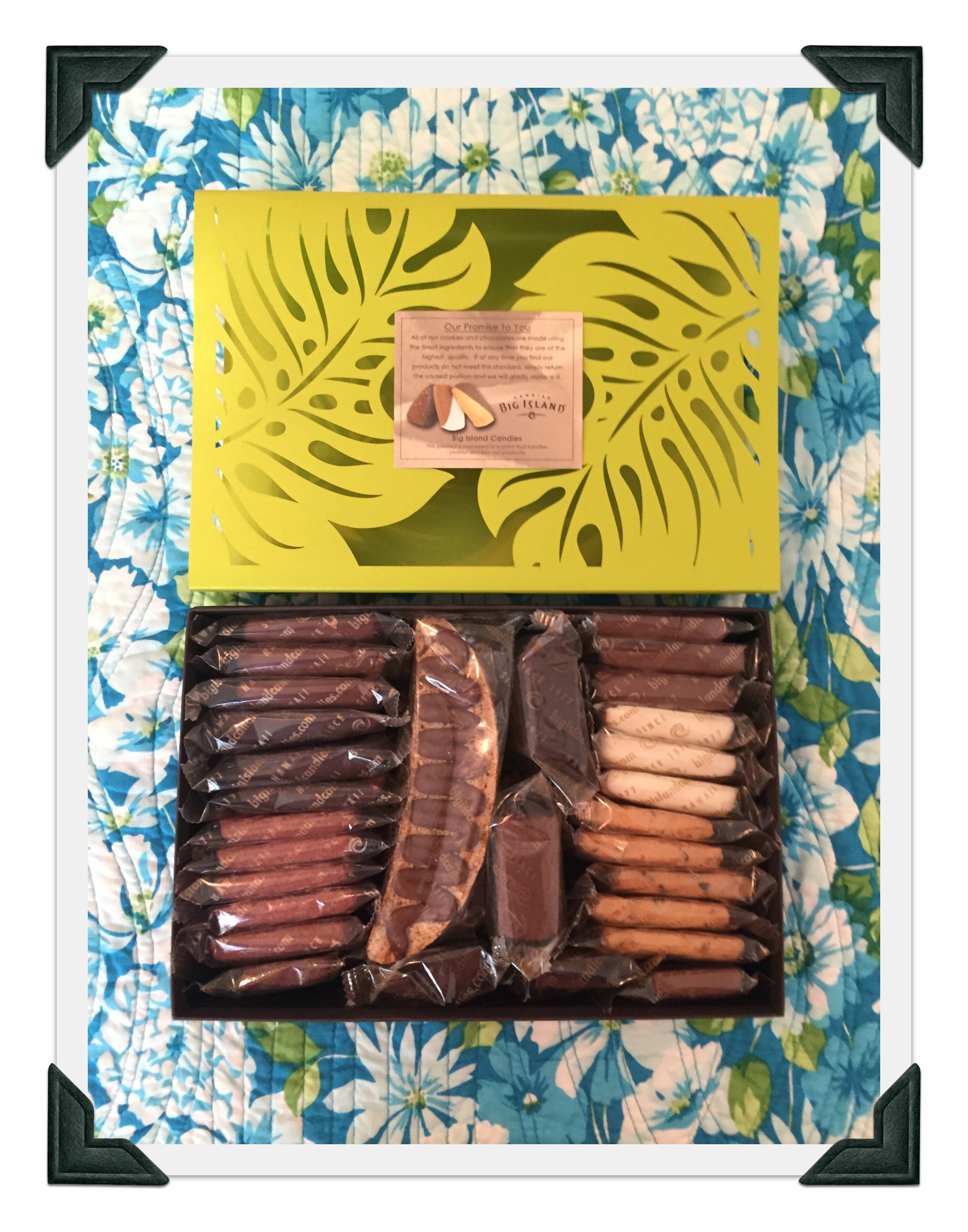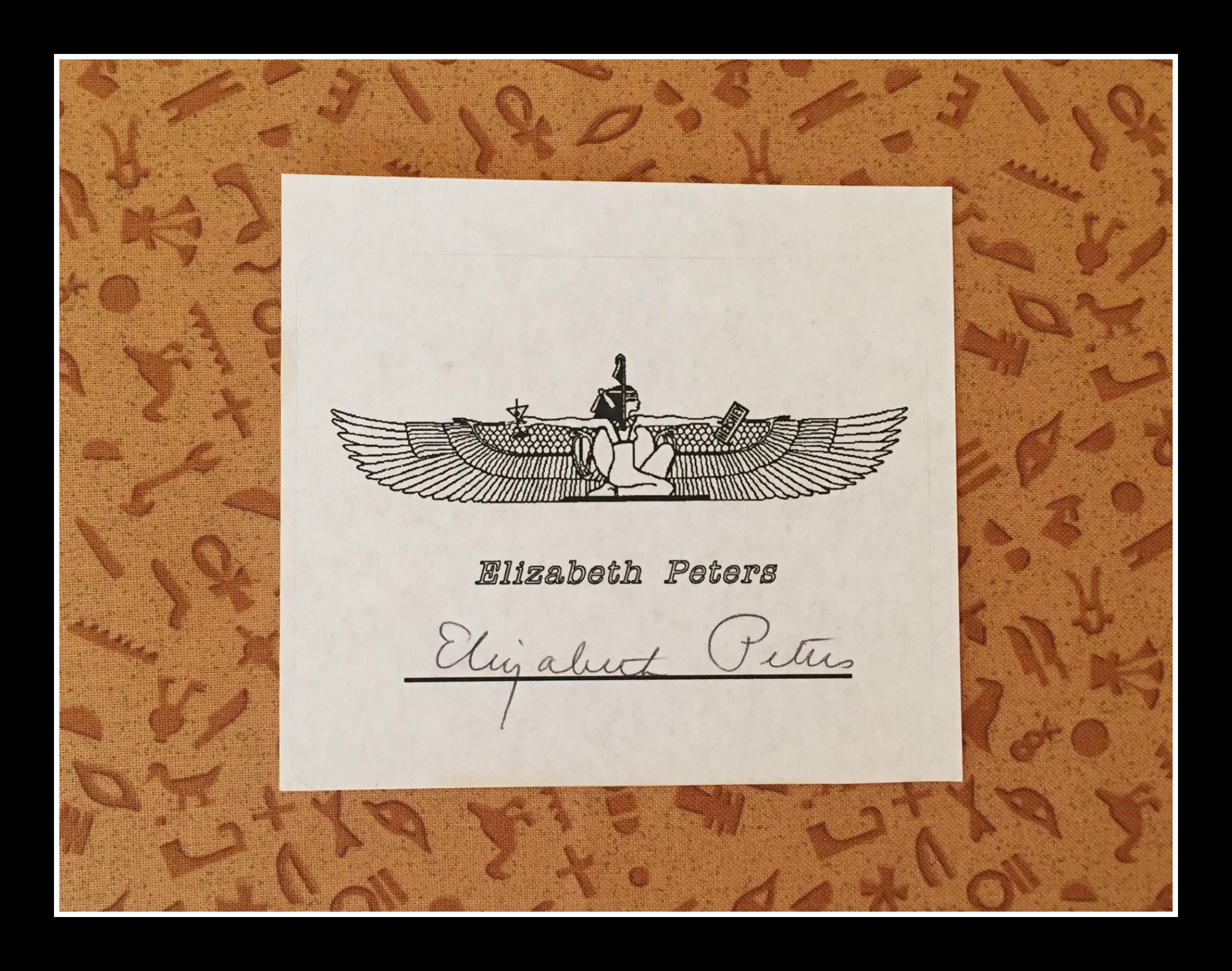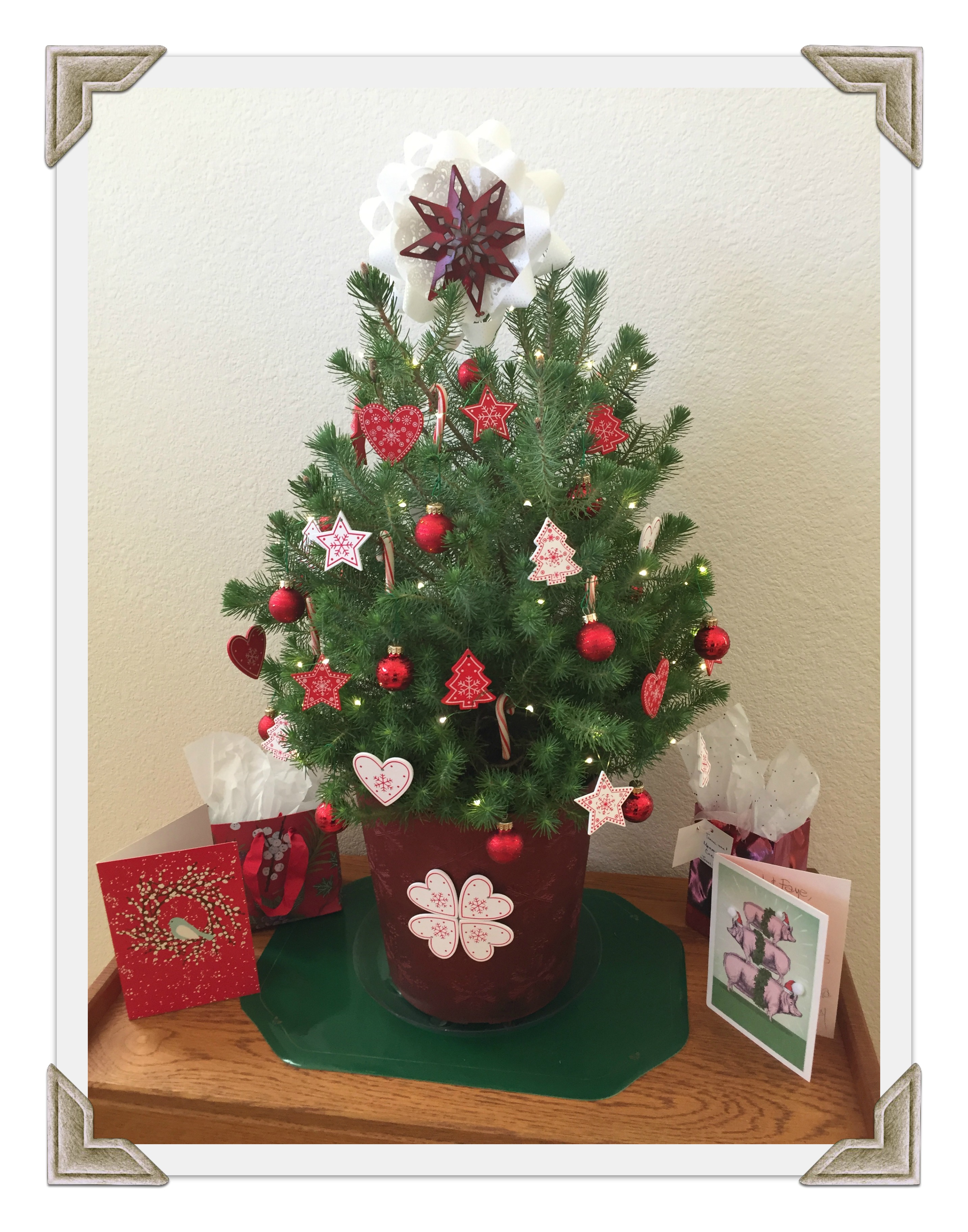Task 4: If you like Mexican food, treat yourself to your favorite dish and share a photo of it.
So here's my quick and easy version of nachos; we prefer our chips on the side.
For this batch we tried a light garnish of the dried chiltepin chiles our niece and
her BF gifted us when they visited from Tucson this past September. We felt the burn! :) The Saguaro chili grinder is made of ironwood.

Chiltepin chiles and info:

As the only wild native chili to the US, the Chiltepin is sometimes called the "mother of all peppers.” Common names include Indian pepper, chiltepe, and chile tepin, as well as turkey, bird’s eye, or simply bird peppers, due to their consumption and spread by wild birds. This chili grows naturally in canyons from West Texas through southern Arizona. The perennial bush can reach up to four feet tall and grows under vegetation such as mesquite, ironwood and hackberry which proves shade, moisture and nutrients for the germinating seeds and mature plant.
The Chiltepin has a long history in the US/Mexico borderlands, and has been traditionally used as a food, medicine, and vermifuge and mythic icon. There is considerable folklore associated with these plants. Historically, no kitchen table of Sonorans, Opatas, O'odham or Yaqui rural homes would be without a bottle of dried chiltepines. The wild harvest is a seasonal ritual in many rural communities to this day, where families make chili-harvesting camps in the mountains during the heat of September and early October in order to harvest the wild chiles.
The Chiltepin is a very small chili in size with an extremely pungent flavor. It is rated very hot—8-9 on pungency scales—and has a quite distinctive smoky bite. The Chiltepin is eaten sun-dried, added to cheese and ice creams, fermented into sauces, and pickled with wild oregano, garlic, and salt as a tabletop condiment. The green or dried red fruit are often mixed with range fed carne machaca from cattle or deer to preserve the meat, or wild greens and onions as a typical Sonoran dish.
Thanks to the efforts of agricultural ecologist and ethnobotanist Gary Paul Nabhan and botanist Jack Kaiser, the U. S. Forest Service has designated a 2,500-acre stretch of rugged Tumacacori Highlands in the Sonoran Desert where Chiltepin is found as the Wild Chile Botanical Area. According to Nabhan, it was the first botanical reserve for a wild ancestor of a cultivated crop.
Sources:
https://www.slowfoodusa.org/ark-item/chiltepin-pepper
https://www.outsideonline.com/2168411/chile-chaser





 1
1




















































![The Legend of Sleepy Hollow [Classic Tales Edition] - Washington Irving,B. J. Harrison,B. J. Harrison The Legend of Sleepy Hollow [Classic Tales Edition] - Washington Irving,B. J. Harrison,B. J. Harrison](http://booklikes.com/photo/max/120/180/upload/books/0/3/03f865615584a58e53e33b81d4648fe0.jpg)
























